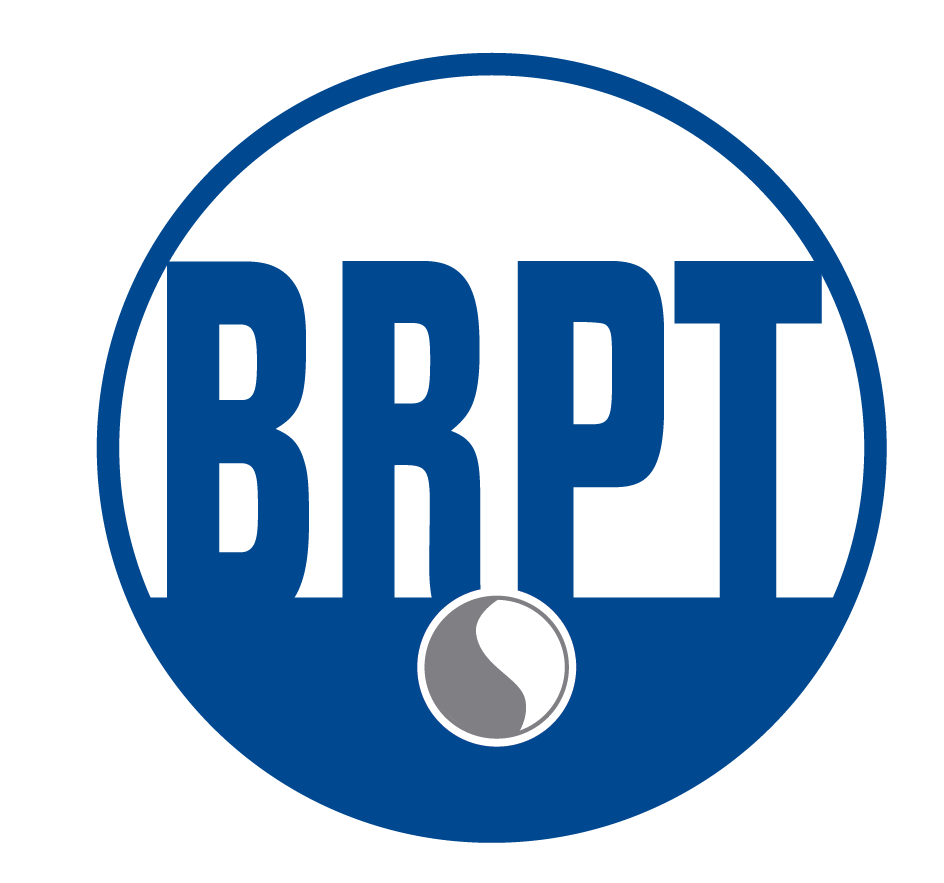In Their Words – BRPT Credential Holders Share Their Stories
As BRPT celebrates its 45th anniversary, we reached out to credential holders who’ve held and retained a BRPT credential for a number of years. Many graciously offered to share their experiences, highlights, career paths and advice with us.
Spotlight on: Jill West, RPSGT, CCSH, Sleep Clinical Educator in Ogden, Utah who’s been in sleep for 14 years.
“I initially pursued my RPSGT credential because I felt that a more comprehensive clinical understanding would allow me to provide the best care to my patients. I later obtained my CCSH because it allowed me to better understand ways that sleep professionals can be utilized outside of performing PSGs.
“Keeping up on your education is easier than catching up! Like many others, I’ve invested a great deal of time into getting credentialed and it’d be a shame to not maintain them. On a more personal note: with all the developments in our industry over the last few years I discovered many colleagues who had allowed their credentials to lapse. There is a growing demand for skilled, credentialed staff. Having my credentials helped me find an amazing new position as a Sleep Clinical Educator. Unfortunately, for those folks who let their credentials lapse they will likely need to sit for their boards again to stay in this field. Maintaining my credentials isn’t just about a personal achievement, it’s about upholding standards and helping to ensure we’re focused on current industry trends and the needs of sleep technologists in the here and now.
“The best part about being a sleep health professional is really two-fold: positively impacting patients’ lives and the friendships I’ve made along the way. I recall an instance when I worked in the lab and a patient came in for a baseline. She told me that her friends thought she was lazy and couldn’t manage her time because she was always tired – no matter how much sleep she got. Seeing the hurt in her eyes was hard. I saw her in the clinic for one of her PAP follow ups a few months later. She laughed and told me that she felt vindicated. She finally had an answer to why her body felt the way it did, a place that listened to her, and a treatment plan. It was humbling to feel that I’d played a small part in positively impacting her life.
“Sleep is a small world and I’ve enjoyed staying in touch with friends over the years and watching them grow personally and professionally. When I took my most recent position it was amazing to interact with many labs across the U.S. and remember that we all speak the same language.”
Jill has solid advice for others interested in getting into sleep: “Start today. You don’t need to have all the answers or 10 years of experience in healthcare to get into sleep. And if you’re already in sleep but want to get more involved, look into volunteering with your local/state/regional professional sleep society or with the BRPT. It’s a rewarding and fulfilling way to support our industry and the next generation of sleep professionals.”
